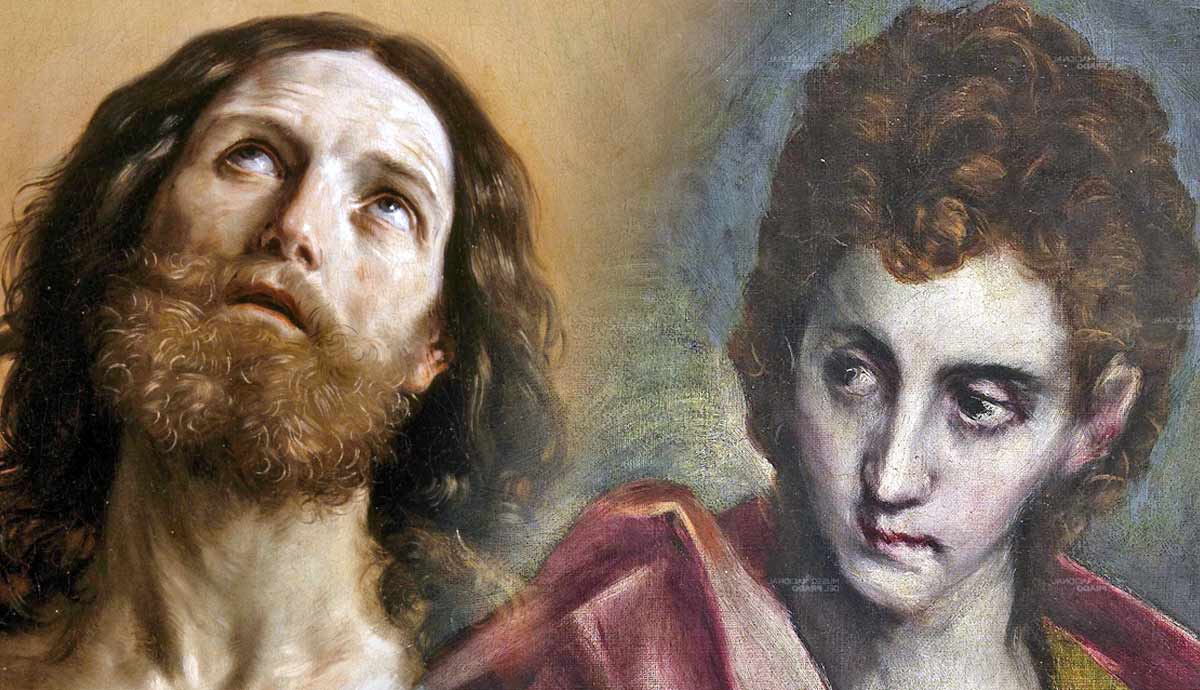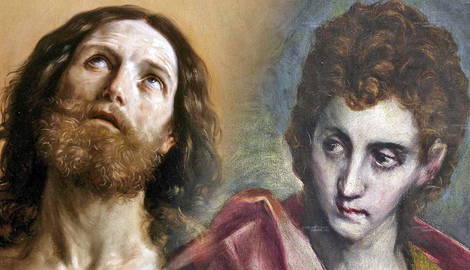
The disciples of Jesus Christ were a dozen men who were consistently with Jesus during His earthly ministry and continued His ministry and mission after His ascension. The twelve disciples were Peter, James (Jesus’ brother), John, Andrew, Philip, Judas Iscariot (who betrayed Jesus, and was replaced by Matthias), Matthew, Thomas, James, the son of Alpheus, Bartholomew, Judas Thaddeus; and Simon the Zealot.
Matthew

Matthew was a tax collector called to ministry by Jesus:
Matt 9:9, “9 As Jesus passed on from there, he saw a man called Matthew sitting at the tax booth, and he said to him, “Follow me.” And he rose and followed him.”
Matthew has no other major mention within the New Testament, but did author a Gospel which themes point toward how Jesus Christ fulfilled Old Testament prophecy. After the ascension of Christ, Matthew appears to have continued his ministry in the area around Jerusalem called Judea. He then traveled to various other countries and finally arrived in Ethiopia. Both Irenaeus and Clement of Alexandria mention his further travels. Matthew may have been martyred in Ethiopia. While directing a church service by an enraged king, who had been rebuked my Matthew for his desires of a nun, Matthew was stabbed in the back.
Philip the Apostle

Philip the Apostle was called by Jesus Christ with 2 words – “Follow me.” John 1:43-51 recounts the calling of Philip and his friend Nathaniel. Philip was a from the same town, Bethsaida, as the apostles Peter and Andrew. He is one of the more prominent figures in the Gospels, particularly in the book of John where he is involved with several of Jesus’ miracles and teachings. Traditionally, Philip was said to have travelled to Asia Minor (Turkey) and preached there, eventually coming to the city of Hierapolis with his sister Mariamne and fellow apostle Bartholomew. Here, he was crucified with Bartholomew for converting the wife of the local proconsul, and preached while being crucified upside-down. While Bartholomew was released, Philip chose to remain and be martyred.
Bartholomew

The Apostle Bartholomew, sometimes identified as Nathaniel from John 1, is likely from the same area as Philip. He receives little other mention in the Gospels other than a compliment from Jesus at his conversion, “Here truly is an Israelite, in whom there is no deceit!” Bartholomew may have traveled more extensively than the other apostles. Both Eusebius and Jerome write about him going as far as India. The Armenian Apostolic Church considers Bartholomew to be their founder, and has erected a church on the site where he may have been martyred. Traditionally, he was martyred one of three ways – drowning, flaying, or by upside-down crucifixion.
Judas Iscariot

Judas Iscariot is best known as the man who betrayed Jesus Christ. The bible records Judas as the treasurer for Jesus’ ministry, although he used this position of power for his own benefit. In John 12:16, the Bible explains, “he was a thief; as keeper of the money bag, he used to help himself to what was put in it.” It was financial gain that motivated Judas to betray Jesus, exposing His identity to those who wished to kill Him, in exchange for 30 pieces of silver. On witnessing Jesus’ fate, Judas was “seized with remorse”, Matthew 27:3. He tried to return the money, but when it was refused, he threw it into a temple and hanged himself.
James the Greater

James the Greater (not to be confused with James the Lesser) was only one of three disciples to witness the Transfiguration on the Mount of Olives, when Jesus was spoken to by God. As part of the ‘inner three’ along with Peter and John, James, Jesus’ brother, also saw Jesus raise Jairus’ daughter from the dead, and attended the garden of Gethsemane with Jesus.
John

In the book of John 13:23, John was described as the disciple “whom Jesus loved”, and he was, along with James, part of the Savior’s inner three. John wrote much of the New Testament Bible, notably the book of John, 1, 2, and 3, as well as the book of revelation. Recorded as a colorful, larger than life character, John raced Peter in order to reach the tomb on Easter morning, to witness the resurrection, but he still allowed Peter to enter the cave first to see that it was, indeed empty.
The Legacy of the Disciples

After the New Testament period, what happened to the disciples lies somewhere between history and legend. Some were referenced by early Christians, and others fade from history with little knowledge of what truly happened to them. Many stories were passed down or exaggerated, and some were likely completely made up around the time of the Middle Ages. Early historians tended to discriminate little between fact and fiction, being more concerned with recording rather than investigating whether or not the stories were true.










